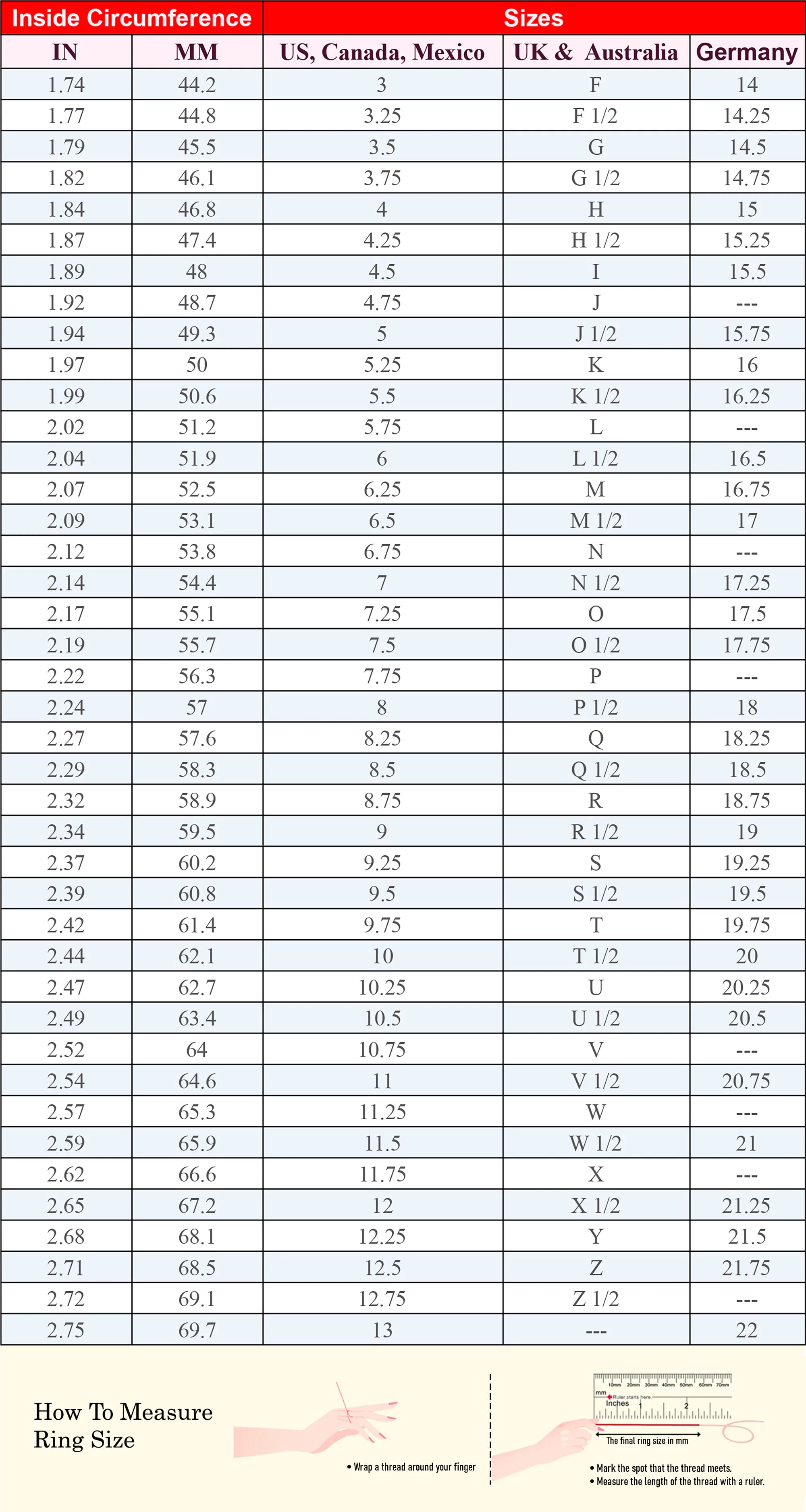Rubies and Garnets are two of the most stunning, dazzling, and sought-after gemstones with enormous value and immense appeal. These two dazzling gemstones have significant astrological meaning as well as broad jewelry-related ramifications. There will inevitably be comparisons between two really well-known and powerful jewels, and a decision must be made.
While both rubies and garnets have stunning visual appeal, there are significant differences between them in terms of color variations, physical characteristics, durability, value, and popularity. In an effort to end the argument once and for all, we have created the most thorough comparison between ruby and garnet stones, which will undoubtedly assist you in determining which stone best suits your needs.
The comparison is made by taking into account a number of important variables that are formally used by many well-known gem laboratories to determine the value and quality of the gemstones. Now let's get going!
Let’s Explore The Key Difference Between The Ruby And Garnet
|
Analyze The Main Difference Between The Ruby And Garnet
|
Explore the full story of: Why Are Ruby So Valuable Gem?
Some Other Important Differences Between Ruby And Garnet
-
Symbolism:
According to popular belief, royal rubies stand for passion, strength, love, and intelligence. In ancient Sanskrit writings, it was frequently referred to as the "King of Gems," a sign of its fame and desirability. Thus, today's couples are choosing ruby wedding bands and engagement rings over all others. In ancient Sanskrit writings, it was also frequently referred to as the "King of Gems," a sign of its fame and desirability.
-
Treatment:
The majority of rubies on the market today are heat-treated to enhance their clarity and deepen their color. In contrast, the majority of garnets are probably entirely natural. Garnets are rarely treated in any way to enhance their color or look. It is also quite easy to find high-quality garnets, which lessens the need to make fake or imitation stones.
-
Popularity:
Ruby is a priceless stone with remarkable color and exceptional strength. Its official birthstone of July and these attributes have elevated it to the status of one of the most sought-after diamonds in the market today. Although garnets are highly prized, they are not as popular or in high demand as rubies.
Find Unique January Birthstone Jewelry
Final Verdict:
A garnet can be the ideal option for you if you want a bold red stone that is also a little easier on the wallet. On the other hand, because of its extraordinary durability, rubies are a fantastic material for unique jewelry, like wedding bands or engagement rings.


 Cartilage Earrings
Cartilage Earrings Helix Earrings
Helix Earrings Conch Earrings
Conch Earrings Tragus Earrings
Tragus Earrings Nose Piercing Jewelry
Nose Piercing Jewelry